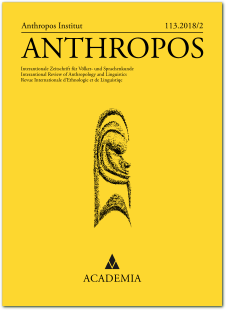Patricia Zuckerhut: German and Mexican Hegemonic Constructions of Masculinities and Femininities in 19th Century and Its Relevance in Mexico’s Twenty-First Century’s feminicidio and genocidio
Abstract
Nineteenth-century European dualistic gender models and their relevance for the newly created nation-states are outlined. It is shown that there were close connections between the perceptions of the male and female body as well as sexuality and the sociological concepts of verletzungsmächtig (being capable of violation) and verletzungsoffen (being open to violation). The second part is dedicated to Mexico and how statesmen there adopted the European concepts of “nation” and the (national) “citizen” for their own ends. Symbolic figures such as Malinche, the Virgin of Guadalupe as well as the stereotypes of the Mexican
macho and of the related caudillo were created and propagated in order to document Mexico’s distinctiveness in comparison with Europe and the USA. The resulting clichéd gender relations provide the basis for contemporary struggles to uphold hegemony that utilize human bodies to send powerful messages to Mexican men and women. With reference to the responsibility of the state for sexualized and other forms of violence against women and indigenous peoples in Mexico as a vehicle to keepm them subordinate and accepting of neoliberal exploitation of the resources in their territories, an intersection of feminicidio and genocidio is determined.
[Mexico, Virgen de Guadalupe, Malinche, sex/gender systems, sexualized and racialized violence, gender and nation]
